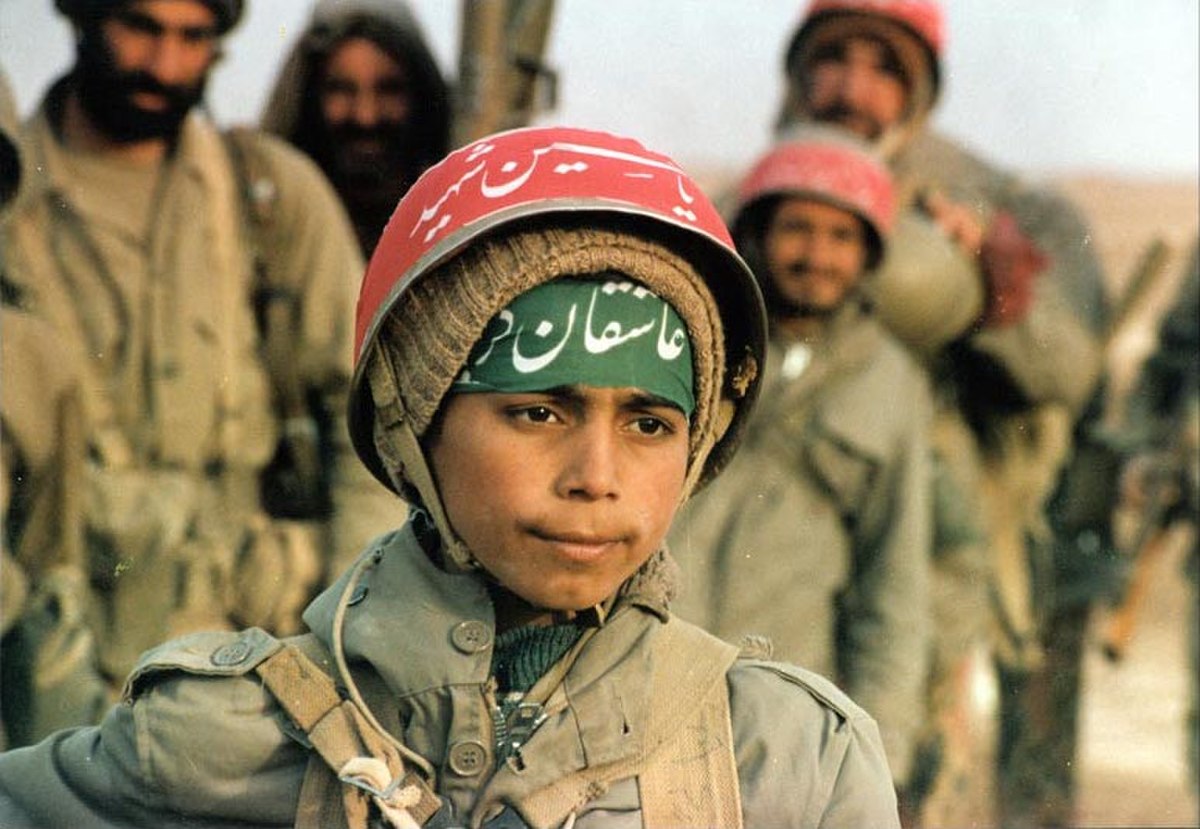
Iran–Iraq War
IraqThe Iran-Iraq War, lasting from September 1980 to August 1988, was a significant conflict between Iran and Iraq. It began with an Iraqi invasion and continued for eight years, ending with the acceptance of UN Security Council Resolution 598 by both parties. Iraq, led by Saddam Hussein, invaded Iran primarily to prevent Ayatollah Ruhollah Khomeini from exporting Iran's revolutionary ideology to Iraq. There were also Iraqi concerns about Iran's potential to incite Iraq's Shia majority against its Sunni-dominated, secular Ba'athist government. Iraq aimed to assert itself as the dominant power in the Persian Gulf, a goal that seemed more attainable after Iran's Islamic Revolution weakened its previously strong ties with the United States and Israel.
During the political and social turmoil of the Iranian Revolution, Saddam Hussein saw an opportunity to capitalize on the disarray. The Iranian military, once robust, had been significantly weakened by the revolution. With the Shah deposed and Iran's relations with Western governments strained, Saddam aimed to assert Iraq as a dominant force in the Middle East.Saddam's ambitions included expanding Iraq's access to the Persian Gulf and reclaiming territories previously contested with Iran during the Shah's regime. A key target was Khuzestan, an area with a substantial Arab population and rich oil fields. Additionally, Iraq had interests in the islands of Abu Musa and the Greater and Lesser Tunbs, which were strategically important and claimed unilaterally on behalf of the United Arab Emirates. The war was also fueled by longstanding territorial disputes, notably over the Shatt al-Arab waterway. Post-1979, Iraq increased support for Arab separatists in Iran and aimed to regain control of the Shatt al-Arab's eastern bank, which it had conceded to Iran in the 1975 Algiers Agreement.
Confident in his military's capabilities, Saddam planned an extensive assault on Iran, claiming that Iraqi forces could reach Tehran within three days. On September 22, 1980, this plan was set into motion when the Iraqi army invaded Iran, targeting the region of Khuzestan. This invasion marked the beginning of the Iran-Iraq War and caught the revolutionary Iranian government off guard. Contrary to Iraqi expectations of a quick victory exploiting post-revolutionary chaos in Iran, the Iraqi military advance stalled by December 1980. Iran regained almost all its lost territory by June 1982. Rejecting a UN ceasefire, Iran invaded Iraq, leading to five years of Iranian offensives. By mid-1988, Iraq launched major counter-offensives, resulting in a stalemate.
The war caused immense suffering, with approximately 500,000 deaths, excluding civilian casualties in the Anfal campaign against Iraqi Kurds. It ended without reparations or border changes, with both nations incurring over US$1 trillion in financial losses.[112] Both sides used proxy forces: Iraq was supported by the National Council of Resistance of Iran and various Arab militias, while Iran allied with Iraqi Kurdish groups. International support varied, with Iraq receiving aid from Western and Soviet bloc countries and most Arab nations, while Iran, more isolated, was supported by Syria, Libya, China, North Korea, Israel, Pakistan, and South Yemen.
The war's tactics resembled World War I, including trench warfare, use of chemical weapons by Iraq, and deliberate attacks on civilians. A notable aspect of the war was Iran's state-sanctioned promotion of martyrdom, leading to the widespread use of human wave attacks, significantly influencing the conflict's dynamics.[113]
